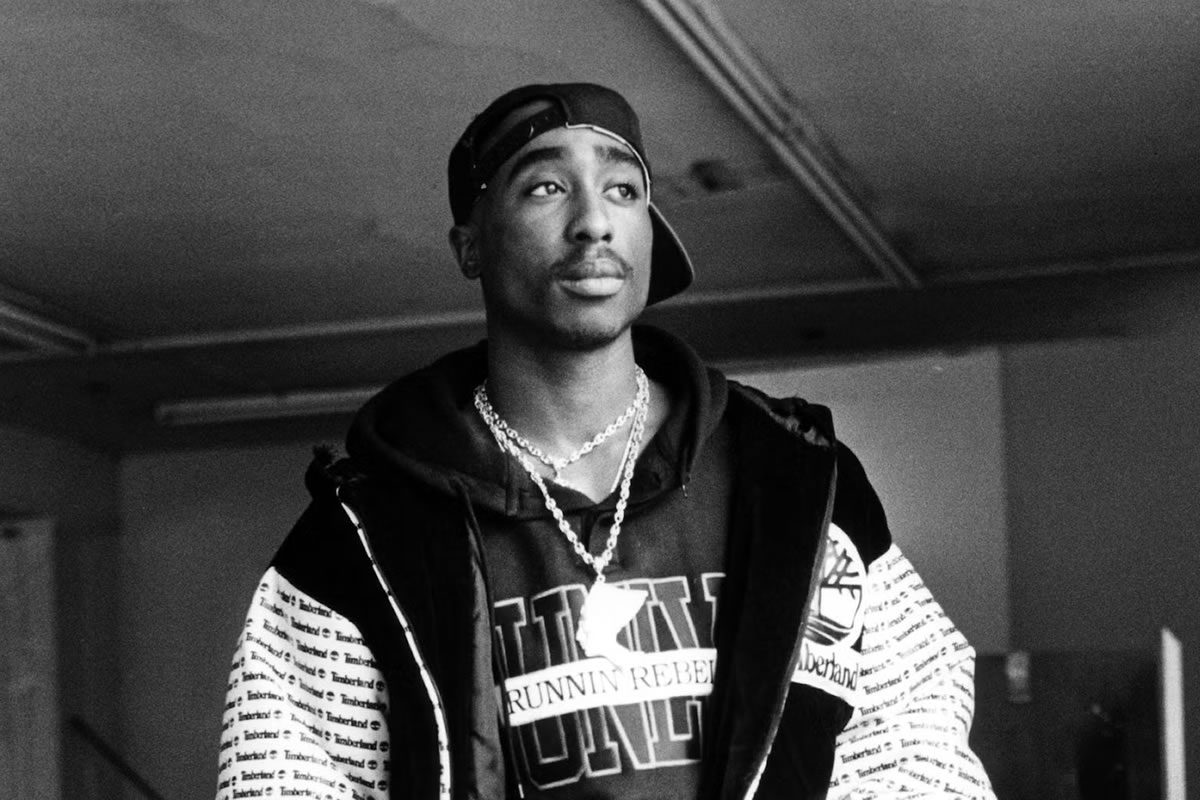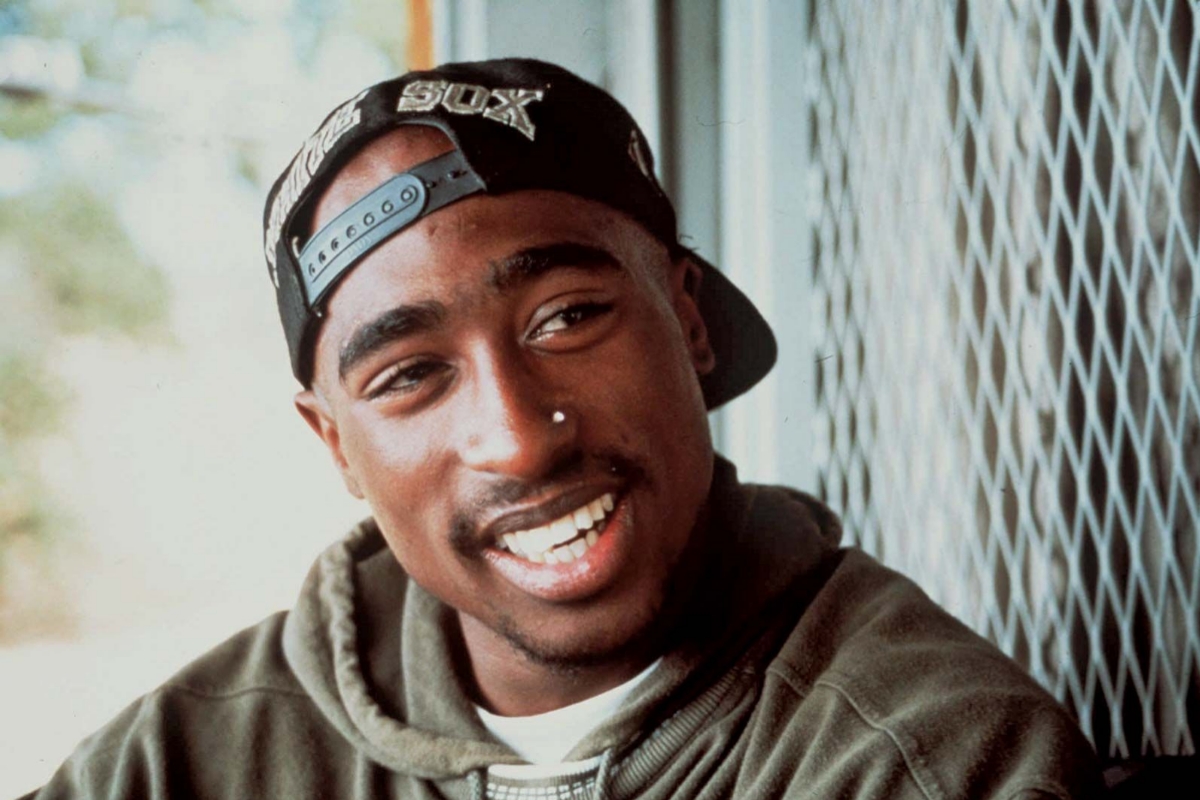Tupac Shakur was not only one of the most influential figures in the history of rap but also had a wide range of nicknames including 2Pac and Makaveli.
Despite such a violent end, his influence in the genre (especially in West Coast rap) continues to be felt and is as significant as ever.
Before becoming famous he worked on creating his name at the time when gangsta rap appeared in the early 1990s, then on the music, personality and activism of Tupac created a new chapter in the story of West Side rap.
In this article gangsta rap portrays the role and impact of Tupac in west coast rap culture.

The Rise of Gangsta Rap
In the mid-1980s gangsta rap emerged, it was identified by its raw and gritty depiction of street life, crime, and the hardships of the urban African-American communities.
This subgenre of rap gained notoriety with groups such as NWA, who were the forerunners of a new breed of rappers led by Tupac Shakur.
Tupac’s Entry into the Scene
In the music scene, Tupac got his break when he joined the Oakland rap group, Digital Underground. His first solo album “2Pacalypse Now” (1991) marked him immediately with its politically charged lyrics and social commentary.
Unlike most gangsta rappers who focused on stories of street life, Tupac among others had broader social issues and the injustices embedded in the system as his main concern.
This was perceptible in his songs that touched on issues such as racially motivated actions, police brutality, and wealth inequalities.
In the early 1990s, you could almost be sure that whenever Tupac Shakur was in the rap news, it was for his exceptional music and yet another controversy or social cause.

Themes and Lyrics
Tupac’s lyrics were very deep, personal yet so general for all people. Songs such as “Brenda’s Got a Baby”, and “Keep Ya Head Up” touch on the issues of teenage pregnancy, misogyny, black women and in contrast songs such as “Trapped”, and “Soulja’s Story” also portray the police brutality issues and the difficulties that dating black teenagers.
His understanding to express agony together with the determination of his societies raised him to be a representative for those marginalized communities.
The Evolution of West Coast Rap
The West Coast rap scene was defined by NWA, Dr. Dre, and Ice-T before Tupac’s reign. Those artists were the architects who used their hard-hitting beats and their direct lyrics to create that solid foundation.
However, Tupac didn’t mind making a perfect blend of drop raw rap as well as deep social issues therefore he managed to increase the thematic scope of west coast rap music.
Tupac’s second album, “Strictly 4 My NIGGAZ” (1993) proved to keep that way but it was his third and fourth albums, “Me Against the World” (1995) as well as “All Eyez on Me” (1996), that . sealed his status in history books.
These albums presented his skill in that they merged conscious tracks with those that had catchy choruses thus causing them to be widely appreciated.

“All Eyez on Me” and Mainstream Success
Quite often, “All Eyez on Me” is labeled as the best rap album ever. It came out right after Tupac got out of prison and joined Death Row Records, so the album was a turning point for him.
It became home to such iconic tracks as “California Love”, “How Do U Want It”, “Ambitionz Az a Ridah” that mixed West Coast funk with a gangsta rap aggressive edge.
This double album was a commercial success and brought West Coast rap to the forefront of mainstream music. Tupac’s collaboration with Dr. Dre on “California Love” was one of the defining anthems of west side rap, celebrating the culture and lifestyle of the region while showcasing its musical innovation.
I
mpact on West Side Rap
Tupac was successful in several important areas in shaping West Coast rap:
Lyrical Depth: Led by Tupac, a combination of themes based on individual hardships with those motivated by social issues gave a new twist to gangsta rap lyrics. He proved that rapping could both function as a form of entertainment and a weapon for social transformation.
Emotional Authenticity: Radiating with the raw and unedited form of emotional display, he was deeply appreciated by his fan base. His candor about his weaknesses, fears and dreams made him an imitative yet real rapper in that aspect.
Cultural Representation: In his music, Tupac presented the culture and identity of the West Coast. He directed a global focus on the experiences and stories of African Americans in Los Angeles and beyond.
Musical Innovation: Tupac played a significant role in the progress of music by working with major producers such as Dr. Dr. He fused the sound of West Coast rap that consisted of elements of funk, soul and R&B. His production and songwriting approach was innovative and was copied by many artists around.
Social Activism: In addition to his music, Tupac was not only an activist, he was very vocal about social justice. His activism and public speaking as well as inspired a large enough number within the rap community to begin participating in political and social issues.

Legacy and Continuity of Influence
Tupac’s premature death in 1996 was a great loss to the music world, but his legacy lives on. His impact is manifested in the works of modern artists such as Kendrick Lamar, who interweaves a personal story with social observation much like Tupac. Kendrick’s “To Pimp a Butterfly” album is a tribute to Tupac’s eternal influence; it deals with questions of race, identity and resilience under hardship.
Also Nipsey Hussle, The Game and YG, among others, find in Tupac their source of inspiration and in his music and his dedication to the communities. That Tupac continues to be a key figure in hip-hop is clear evidence of how much he influenced the genre.

Conclusion
It’s impossible to measure Tupac Shakur’s input into gangsta rap and West Coast rap. The genres of music that express inner city life have been truly enriched by the fearlessness displayed by 2pac when he treads on issues of social importance as well as his emotional authenticity and musical innovation.
Indeed, Tupac’s legacy continues to inspire so many to create and pass on their art, so his influence over rap and culture today is just as powerful as it was in years past. His music and message remain alive, which allows him to be a resonant figure with each generation to come, thus solidifying his place in the history of rap.
Read More
- Anupama written update 19 November 2024
- Rupali Ganguly on how her negative role in Sanjeevani influenced her father: “Who will marry this”
- Nayanthara: The documentary serves its purpose perfectly
- Anupama Written Update, 18th November 2024: Rahi reveals that by expressing her feelings openly she may unknowingly take Mahi’s place in Anupama’s life.
- Anupama Written Update, October 25: Rahi tries to run away while returning with Anupama but know what happens next



